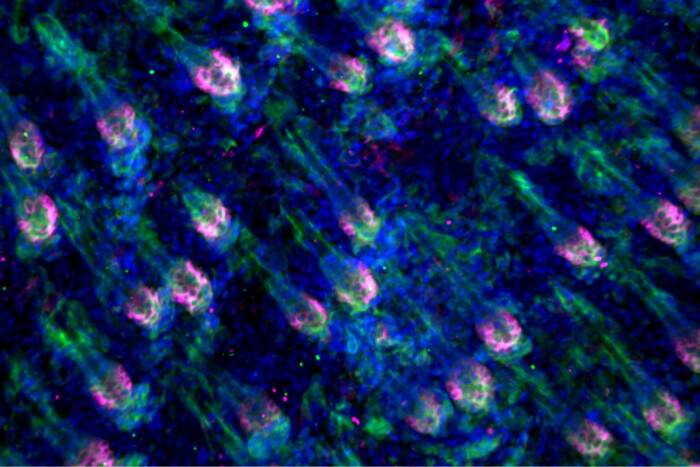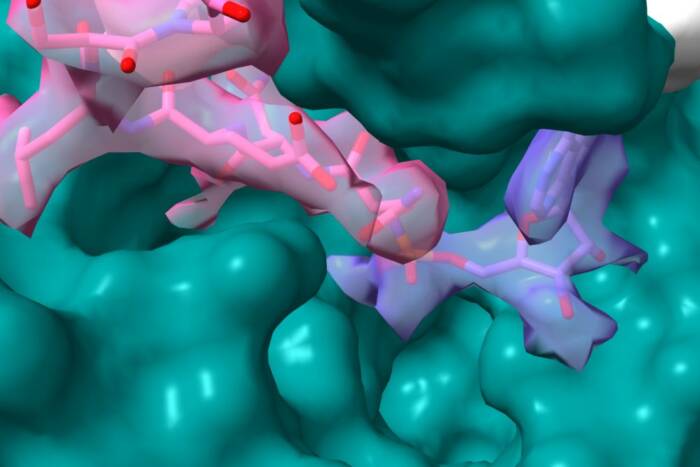From cell to gel: refined protocol uses GFP to locate proteins and examine their interactions
There are two things cell biologists always want to know: where is their protein found and what other proteins does it associate with. A new protocol has been developed at the Rockefeller University that will enable scientists to answer both in one fell swoop.
One of the most common ways scientists look at where proteins are located within a cell is by linking them to green fluorescent protein (GFP). In fact, over 4,000 yeast proteins were recently tagged with green fluorescent protein, which glows when scientists expose it to specific wavelengths of light. This technique, however, doesn’t reveal anything about what other proteins it may be linked to. So scientists rely on other tags to isolate a specific protein from a cell and then examine the other proteins it is interacting with.
The new method, developed by postdoc Ileana Cristea in the laboratories of Brian Chait and Michael Rout, uses GFP to accomplish both tasks. Thus, scientists can first visualize proteins in a living cell, and then immediately examine which other proteins they are associating with. While scientists had occasionally used GFP in this way, this new protocol establishes a simple and rapid method that can be applied to any protein that has been previously linked to GFP. The whole process can be done in less than an hour, faster than many of the existing methods, and greatly maximizes the chances that the interactions are preserved from cell to test tube.
The scientists show that, like the other tags, this method is applicable in numerous systems, from bacteria and yeast to mice and mammalian cells. And the antibodies scientists use to isolate GFP also recognize other variants in the GFP family, such as those that glow red or yellow, giving the technique even greater flexibility.
Chait, who is the Camille and Henry Dreyfus Professor, and Rout are hopeful that this new protocol, reported in December’s issue of Molecular and Cellular Proteomics, will help scientists examine many cellular processes in greater detail.
Molecular & Cellular Proteomics 4: 1933-1941 (2005)(opens in new window)


